Michael Sandle’s seminal solo show, ‘Now and Then’, is currently showing at the Dadiani Fine Art Gallery on Cork Street in Mayfair, London. His works explore themes such as mortality and war – topics that are relevant to the atrocities happening all over the world now. His sculptures and ink sketches are a poetic homage to the chaos of war.
Your solo show ‘Now and Then’ at the Dadiani Art Gallery in Mayfair shows works from various periods of your life. Do you think your style has changed? If yes, how? And if not, what is the most consistent factor(s) that feature throughout your work?
I have become more confident about dealing directly with content that I have strong feelings about – I don’t want to hide behind irony now or just think that an allusion is enough. Mind you I don’t think there ever was anything “abstract” in my art – in fact I don’t think there is anything such thing as “abstract” art anyway. As I see it all art is “concrete”. I feel now after a lifetime’s engagement with art that I have earned the right to deal with “pathos” without being considered to be a sentimentalist; however this is still a balancing act and always will be.
Your large public sculptures have been called ‘a reaction against a lack of craftsmanship’. Do you think the tide will turn against an appreciation of art that’s unpinned by great skill?
I doubt it for many reasons – we are too decadent but regardless, skill alone isn’t what makes a sculptor great. The sculptors I admire were not cack handed but more to the point they made – or closely controlled – their own work, and didn’t employ tradesmen. What matters is how your nerve-endings react to that which you are doing in front of you – making changes and reacting to mistakes – “petimenti” as Michelangelo called them. What the masters had was patience and more time and what we have today is “fast” art not unlike “fast” food .
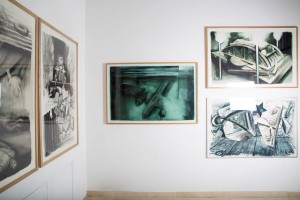
How, in your opinion, does art respond to human crises?
Put it this way: art used to respond very much more unequivocally than it does now. That always amazes me when you think of artists like Goya, Hogarth, Otto Dix, George Grosz or Picasso even. Maybe today main-stream contemporary artists are too comfortable or the art world is too corrupt. There are – thank God – some exceptions i.e. artists who are genuinely morally/socially engaged and have something to say like for example Paul Wager, Tim Shaw, Ken Currie, Hughie O’Donohughe and John Keane but they are in the minority.
Do you think the arts have an obligation to respond to politics?
Some artists and writers most definitely should respond to politics – i.e. the more thoughtful ones and there would be a gaping hole if they didn’t .
What do you think are the implications of ‘Brexit’ on the arts?
Too early to say. I hope there is no negative effect in that Britain becomes even more culturally insular than it already is. I am personally immensely indebted to the support I received from living and working in Germany for almost thirty years and I do hope Brexit doesn’t stop other artists enjoying a similar situation.
“There is no happiness in comfort, happiness is bought with suffering.”(Dostoevsky). Do you agree?
Absolutely.
What is your favourite art work in your show ‘Now and Then’ and why?
All three “Mount St. Helens Volcano” paintings because they are still powerful and I think I can claim masterly.
What is your favourite work that you’ve ever produced?
The work that I am most proud of is the WW2 Malta Siege Memorial which stands at the entrance to the Grand Harbour in Valletta and for which I chose the site, designed the architecture to house a 13 tonne bell and sculpted the bronze figure that represents all of the dead of that conflict including former enemies.
Then and Now runs until July 20th at Dadiani Fine Art Gallery.


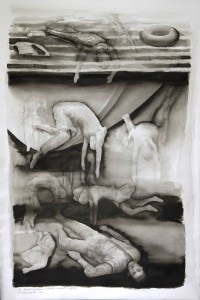
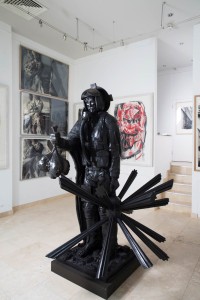
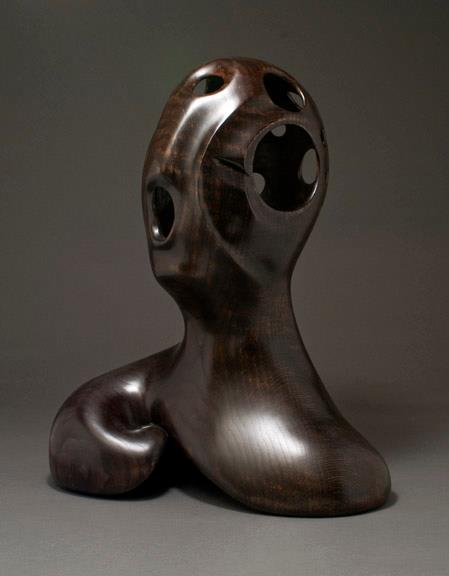


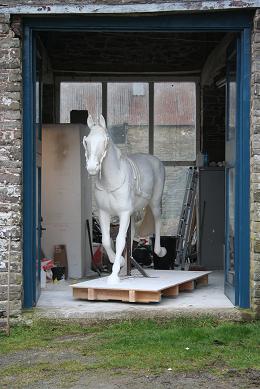
 Saving...
Saving...